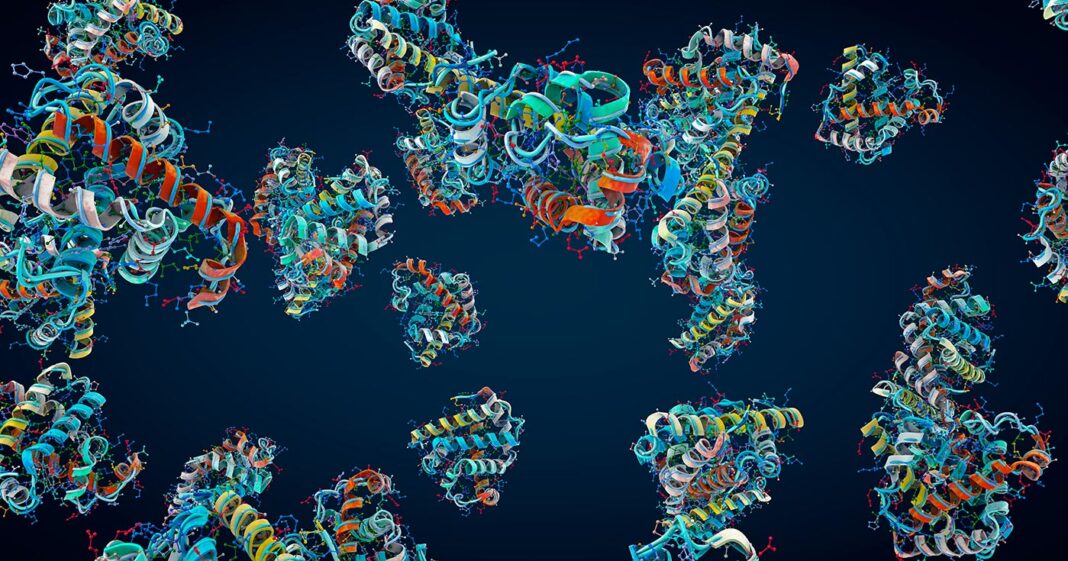
Research led by the Centre for Targeted Protein Degradation (CeTPD) in the University of Dundee identified a breakthrough class of molecular glue that could pave the way for a new generation of drugs to target cancers and neurodegenerative diseases. The researchers collaborated with the research group of Georg Winter, PhD, at the Research Center for Molecular Medicine (CEMM) of the Austrian Academy of Sciences in Vienna, and have defined a new class of so-called “intramolecular bivalent glue,” which binds proteins that would otherwise stay apart.
The findings are published in Nature in an article titled, “Targeted protein degradation via intramolecular bivalent glues.”
“Targeted protein degradation is a pharmacological modality that is based on the induced proximity of an E3 ubiquitin ligase and a target protein to promote target ubiquitination and proteasomal degradation,” wrote the researchers. “This has been achieved either via proteolysis-targeting chimeras (PROTACs)—bifunctional compounds composed of two separate moieties that individually bind the target and E3 ligase, or via molecular glues that monovalently bind either the ligase or the target. Here, using orthogonal genetic screening, biophysical characterization, and structural reconstitution, we investigate the mechanism of action of bifunctional degraders of BRD2 and BRD4, termed intramolecular bivalent glues (IBGs), and find that instead of connecting target and ligase in trans as PROTACs do, they simultaneously engage and connect two adjacent domains of the target protein in cis.”
“These findings have major implications for the entire pharmaceutical industry engaged in targeted protein degraders,” said Alessio Ciulli, PhD, director of Dundee’s CeTPD.
“This is particularly true for the development of drugs that target cancer, neurodegenerative diseases, and many more illnesses driven by proteins that have always been considered undruggable.
“The glue that we have been able to define is special because it first attaches itself to one protein in two places—not just one—and then recruits the second protein, effectively sandwiching the two proteins together. We have only been able to identify this using our Targeted Protein Degradation technology and have identified a vulnerability that can be exploited by the design of new drugs that could potentially transform treatment for cancer patients, and those with other untreatable diseases.”
Targeted protein degradation (TPD) is an emerging field of drug development for treating diseases that involves redirecting protein recycling systems in our cells to destroy disease-causing proteins.
Working with collaborators at CEMM, the Goethe University of Frankfurt, and Eisai, the Japanese pharmaceutical company, the Dundee team has been able to reveal a novel mechanism of molecular gluing, different from those previously known.
The new mechanism binds to two sides of the target protein instead of just one, prompting a rearrangement of the whole protein and stabilizing its previously unknown interaction with the E3 ligase. The team was able to visualize, for the first time, the precise mechanism by which their compounds work and bring together the target proteins to one of these E3 ligases. Because the molecules have two heads, which latch on to two different regions within the same target protein, these have been coined intramolecular bivalent glues.
“The impact of what we have revealed here cannot be underestimated,” added Ciulli.
“This will cause a ripple effect throughout the pharmaceutical industry and has the potential to transform how we view drug development.”